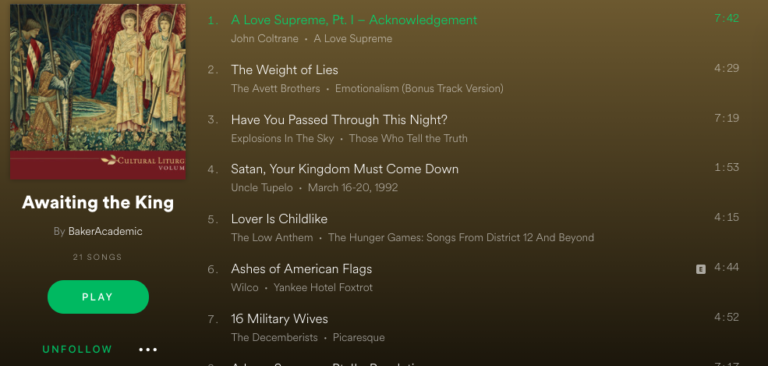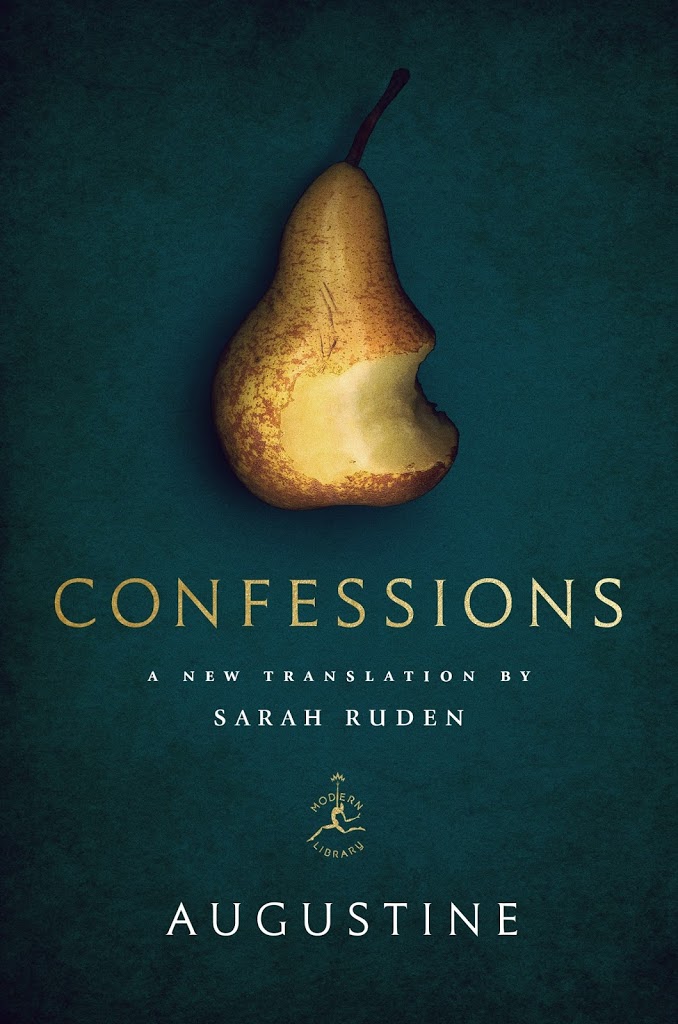Canadian Letters: Jameson on Margaret Atwood
 I was only three lines into Frederic Jameson’s review of Margaret Atwood’s new novel, The Year of the Flood, when I clicked over and ordered the book. Sounds fantastic: Orwellian, McCarthy-ish dystopia suffused with “religion”–conceived in a way that stretches our categories (as I’ve been trying to do in recent work on methodological assumptions in sociology of religion). And the religion in question, Jameson notes, is “Americanism” (a religion on which I’ve commented elsewhere). Atwood is poised to see this, Jameson claims, because she writes from that forgotten outpost of English letters, Canada:
I was only three lines into Frederic Jameson’s review of Margaret Atwood’s new novel, The Year of the Flood, when I clicked over and ordered the book. Sounds fantastic: Orwellian, McCarthy-ish dystopia suffused with “religion”–conceived in a way that stretches our categories (as I’ve been trying to do in recent work on methodological assumptions in sociology of religion). And the religion in question, Jameson notes, is “Americanism” (a religion on which I’ve commented elsewhere). Atwood is poised to see this, Jameson claims, because she writes from that forgotten outpost of English letters, Canada:
Yet there is a category into which she squarely fits and without which she cannot fully be understood, a category of which at least 300 million English-speakers generally need to be reminded: she is a Canadian, and no little of her imaginative power comes from her privileged position above the border of the lower 48. The Fall is not properly grasped unless it is understood to be a fall into Americanism, as the magnificent rant from Surfacing reminds us:
“It doesn’t matter what country they’re from, my head said, they’re still Americans, they’re what’s in store for us, what we are turning into. They spread themselves like a virus, they get into the brain and take over the cells and the cells change from inside and the ones that have the disease can’t tell the difference. Like the Late Show sci-fi movies, creatures from outer space, body snatchers injecting themselves into you, dispossessing your brain, their eyes blank eggshells behind the dark glasses. If you look like them and talk like them and think like them then you are them.”
When the narrator was little, the idea of evil was Hitler; but in the world of grown-up violence and Nature, a more sickening metaphysics begins to develop: ‘The trouble some people have being German, I thought, I have being human . . . then I realised it wasn’t the men I hated, it was the Americans, the human beings, men and women both.’ It is a disease you can observe: ‘Second hand American was spreading over him in patches, like mange or lichen. He was infested, garbled, and I couldn’t help him: it would take such time to heal, unearth him, scrape down to where he was true.’ But ‘American’ is also technology, mechanisation, mass production: ‘The machine is gradual, it takes a little of you at a time, it leaves the shell. It was all right as long as they stuck to dead things, the dead can defend themselves, to be half dead is worse. They did it to each other also, without knowing.’
This then is the world of Atwood’s dystopia, for which, in this global near future, the term American is no longer necessary. Its colours have a loathsome pastel quality, like drugstores; its bunny suits and fluffy fabrics reflect the bad taste of infantile mass production; the bloody physical violence is that of cartoons rather than Hitler. If there is aesthetic pleasure here, it is that of a syrupy nausea that repeats on you; so that the end of the world has some of the cleansing, bracing effect of sand and waste landscape, of the seashore.



